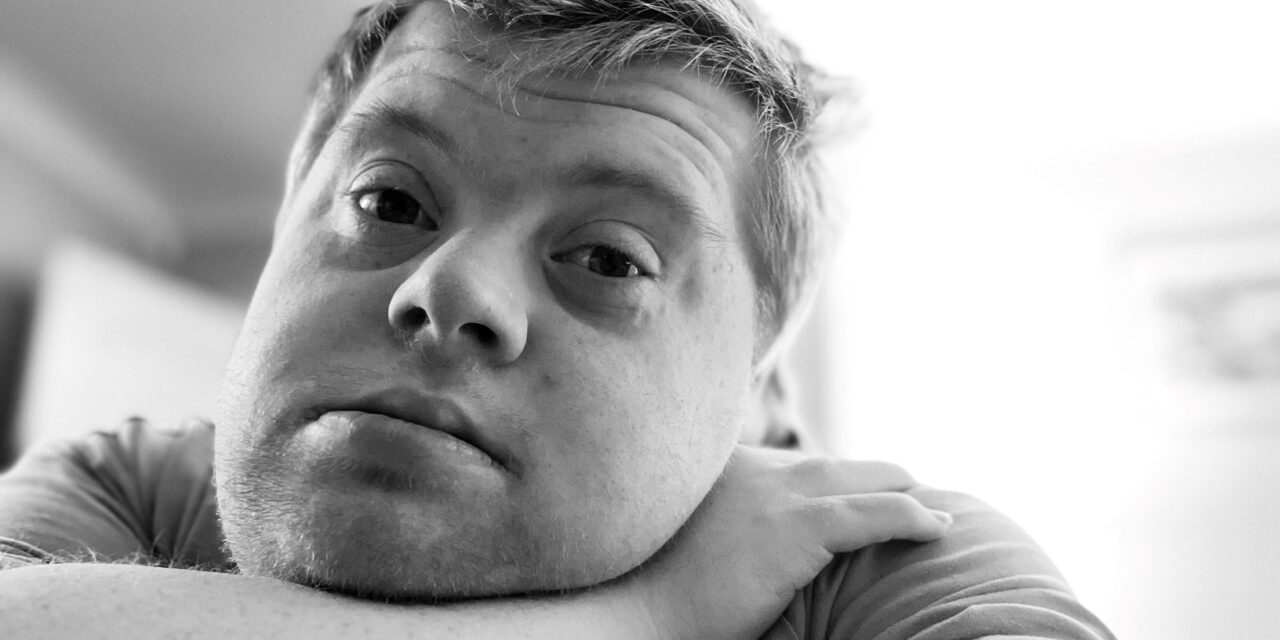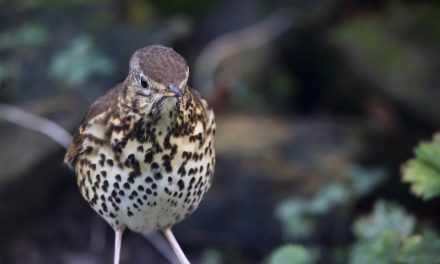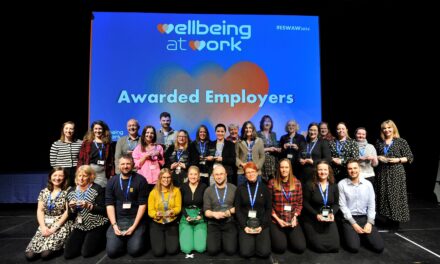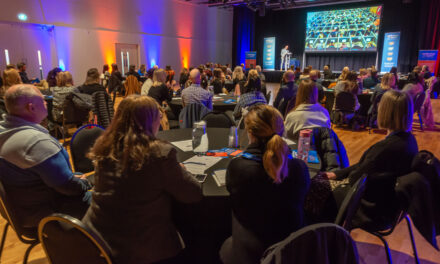Monday 28 August is International Makaton Awareness Day and we’re reflecting on why Makaton is important and how it helps people communicate!
You’ve heard of sign language, but have you heard of Makaton?
Makaton is a unique language based on signs and symbols, that helps over 100,000 children and adults to communicate. ‘It supports the development of essential communication skills such as attention and listening, comprehension, memory, recall and organisation of language and expression.‘ Makaton signs are physical movements, and the symbols are simple black-and-white line drawings, often used for those who may struggle with the recall of a word.
How does Makaton help people communicate?
For some, Makaton is their main language of communication and for others, it aids their speech. That’s what it was for my little brother, J. Something he could lean on when he was struggling to make himself understood. It also allowed him to express himself more freely.
Because of J, Makaton was a daily occurrence in my family when I was growing up. Having Down’s syndrome meant that, among other developmental abilities, his speech was delayed. I remember he was keen to speak, but would often struggle with remembering certain words, getting tongue-tied, or being unable to make himself understood. This would understandably make him feel frustrated and reluctant to speak sometimes.
When J started going to school, his speech began to slowly improve as he worked with a speech therapist and was surrounded by continuous conversation. But Makaton enabled him to express his thoughts and needs, through signs and symbols, more confidently. It also helped him engage with his friends and other classmates. He would come home, having learned a new word or song in Makaton and would be eager to show us. I think he also enjoyed knowing something we didn’t, although we began to learn and pick things up, he was always the expert.
At thirty, I still find myself going to sign some of the most common words J used, when I speak: please, toilet, happy, angry, home, and, of course, biscuit (check out the Makaton sign for biscuit).
J is now twenty-seven and his speech has developed a lot. He has a bigger vocabulary and is more confident when speaking. However, he still occasionally uses Makaton to help get his point across. And sometimes, when reminiscing about the past he’ll sign.
Who uses Makaton?
Makaton is most often used by both adults and children with learning disabilities or communication difficulties, including those who have:
- a cleft lip and palette
- Down’s syndrome
- Developmental language disorder
- verbal dyspraxia
- Multi-sensory impairment (deafblindness)
- Global developmental delay
- or those who are autistic
It is also used by their families, friends, carers, educators and health and social care professionals. Makaton is also used to help babies communicate before (and as) they start speaking, as well as in schools to aid communication, language and support literacy skills.
How is Makaton different from British Sign Language?
Interested to learn Makaton?
Check out The Makaton Charity who share a new Makaton sign every week on their blog and Youtube channel. They also help train people and offer resources for those who are keen to learn. Alternatively, there are also Makaton trainers in East Sussex that you can find via our site East Sussex 1Space. And when it doubt, head over to Youtube where there are countless creators sharing their extensive knowledge of Makaton.




